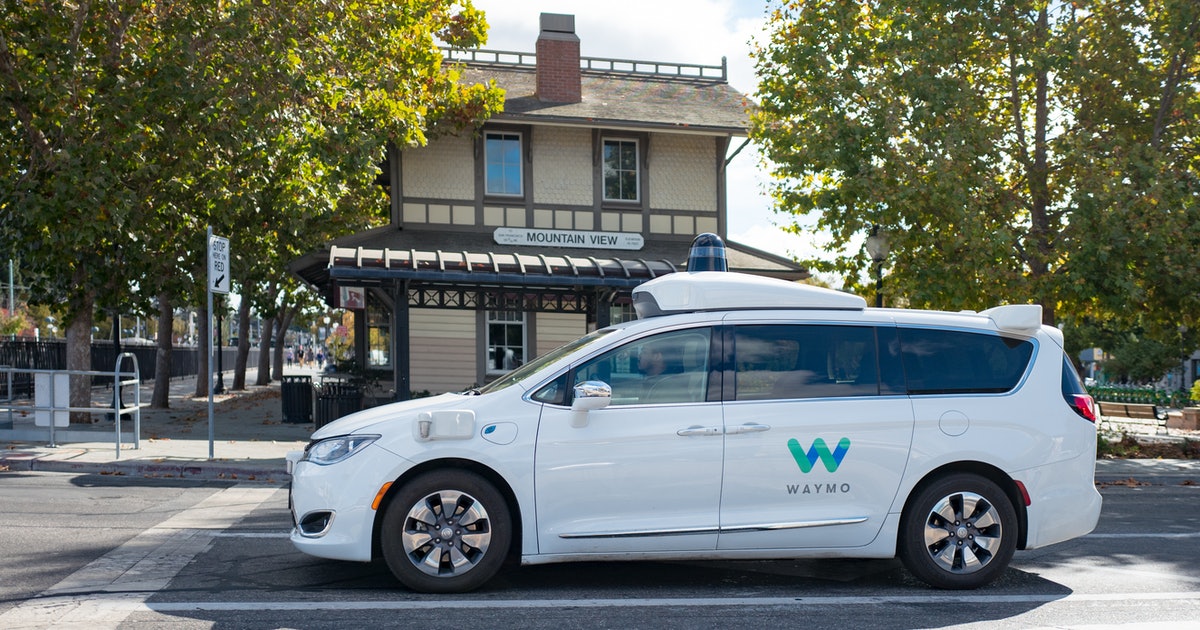Four years ago, shared e-scooters didn’t exist. Today, they’re on track to surpass half a billion rides globally by 2021, far outpacing early growth in the carbon-heavy ride-hailing industry founded by Uber in 2009.
That’s a dramatic shift in urban transportation by any measure, and it prompts a simple but important question: How did we get here? Understanding the key developments that helped advance micromobility over the past several years can give us valuable insights not only into where the industry is headed, but about how we can successfully shape it to meet the needs of hundreds of millions of current and future riders around the world.
From vehicle design and data to safety reporting and infrastructure, these five innovative moments have helped fuel the global growth of shared e-scooters and are helping lead cities into a healthier, more sustainable future. #1: Shared scooters launched (fall 2017) The very first fleet of Bird e-scooters was launched in Santa Monica, California in September of 2017.
Up until this point, the micromobility industry consisted almost entirely of docked and dockless bike sharing systems that were averaging approximately 35 million trips across the United States every year — more than half of […]


Add a comment






